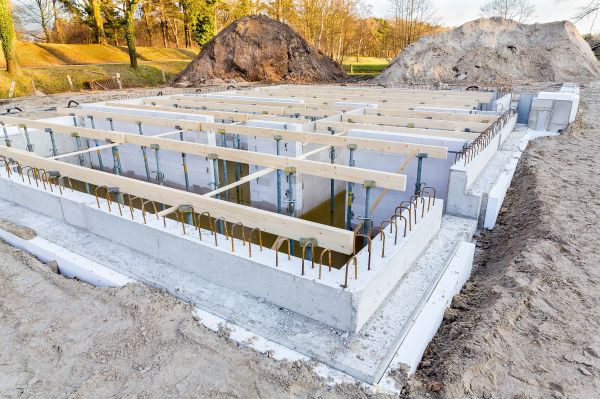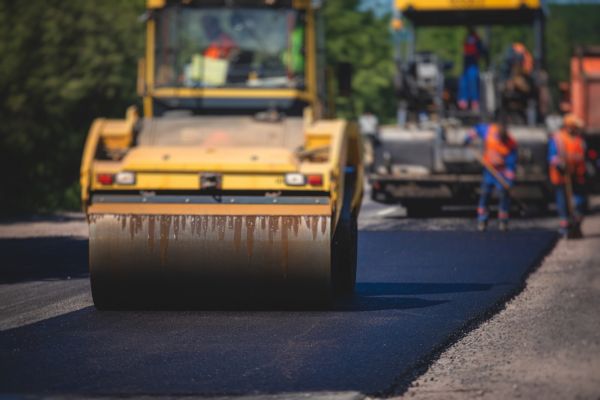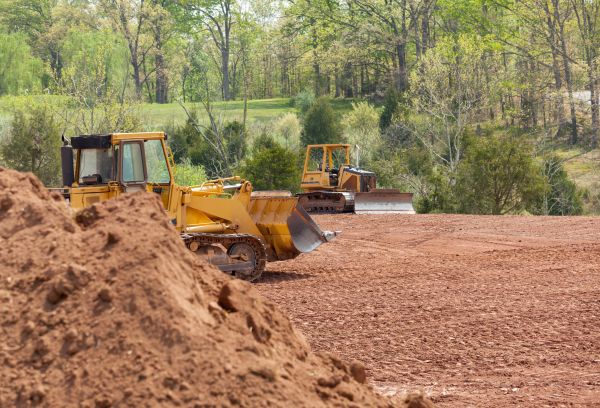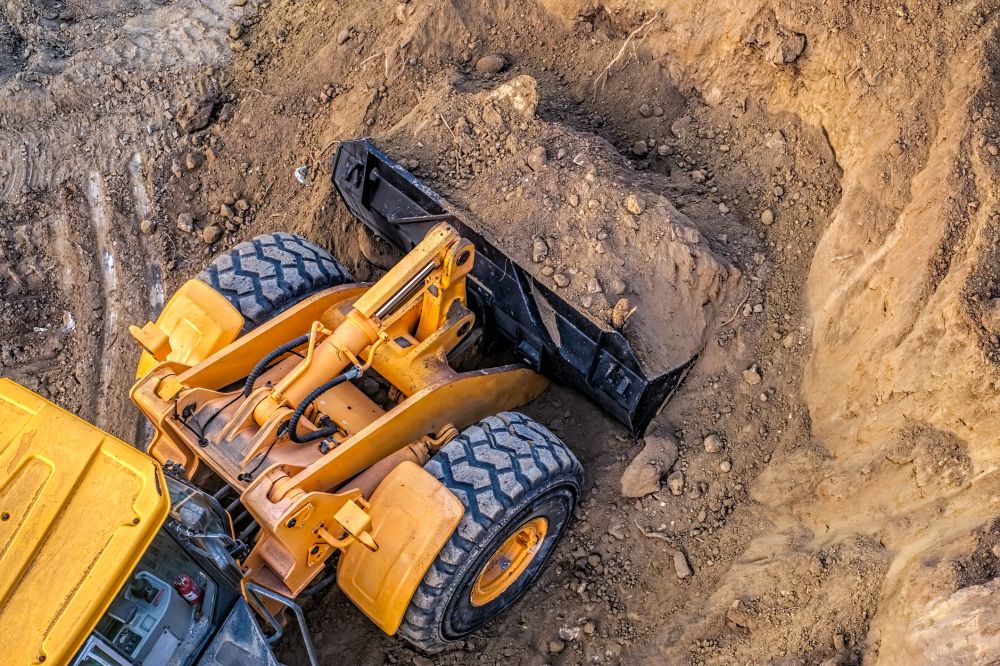Trench Backfilling Service
Affordable Trench Backfilling
Trench backfilling is a critical step in construction and infrastructure projects, ensuring that trenches dug for utilities, drainage, or other purposes are properly filled and compacted. This process not only restores the land to its original state but also provides essential support to the structures above. Proper backfilling prevents ground settling, which can lead to structural issues, and helps maintain the integrity of the installed utilities. By using the right materials and techniques, trench backfilling contributes to the longevity and safety of the construction project.
Benefits of Trench Backfilling
-
Prevents Ground Settling
Proper trench backfilling minimizes the risk of ground settling, which can occur when the soil is not adequately compacted. Settling can lead to uneven surfaces, damage to infrastructure, and safety hazards. By ensuring the backfill is compacted correctly, the ground remains stable and secure.
-
Enhances Structural Integrity
By filling and compacting trenches properly, the structural integrity of both the ground and any overlying structures is enhanced. This is crucial for buildings, roads, and other infrastructure that rely on a solid foundation. Proper backfilling ensures that these structures remain safe and functional over time.
-
Protects Installed Utilities
Trench backfilling protects the utilities installed within the trenches, such as water pipes, electrical conduits, and sewage lines. Properly backfilled trenches prevent shifting and damage to these utilities, reducing the risk of leaks, breaks, and service interruptions.
-
Improves Drainage
Effective backfilling can improve drainage around the trench area, preventing water accumulation that could lead to erosion or damage. With the right materials and techniques, backfilling helps manage water flow and maintain the health of the surrounding environment.
FAQs About Trench Backfilling
What materials are typically used for trench backfilling?
Materials commonly used for trench backfilling include sand, gravel, and native soil. The choice depends on the specific requirements of the project and the type of utilities installed.
How is the backfill material compacted?
Compaction is typically achieved using mechanical equipment such as vibratory plate compactors, rollers, or rammers. The goal is to compress the material to prevent future settling.
Why is compaction testing important in trench backfilling?
Compaction testing ensures that the backfill material has been compacted to the required density. This is important to prevent settling and maintain the stability of the trench and surrounding structures.
Can trench backfilling be done in any weather conditions?
While trench backfilling can be done in various weather conditions, it is best performed in dry weather to ensure proper compaction and prevent issues with moisture affecting the backfill material.
Fill out the contact form to request professional trench backfilling services today. Experience the benefits of preventing ground settling, enhancing structural integrity, and protecting installed utilities with expert trench backfilling.




